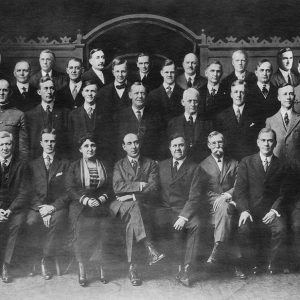 Arkansas Council of Defense
Arkansas Council of Defense
Entry Category: Military Science
 Arkansas Council of Defense
Arkansas Council of Defense
Arkansas Department of Veterans Affairs (ADVA)
Arkansas Military Institute
Arkansas Mounted Rifles [Civil War]
Arkansas Mounted Rifles [Mexican War]
Arkansas National Guard
aka: Arkansas Department of the Military
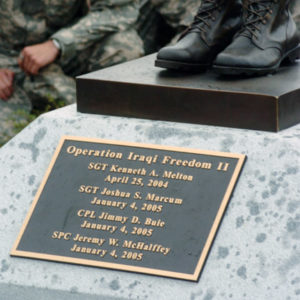 Arkansas National Guard Memorial
Arkansas National Guard Memorial
 Arkansas National Guard 153rd Insignia
Arkansas National Guard 153rd Insignia
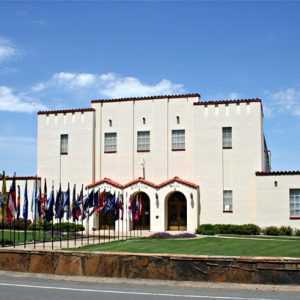 Arkansas National Guard Museum
Arkansas National Guard Museum
Arkansas National Guard Museum
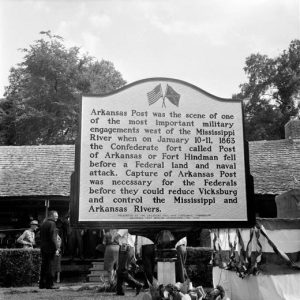 Arkansas Post Marker
Arkansas Post Marker
Arkansas Post, Battle of
aka: Battle of Fort Hindman
aka: Battle of Post of Arkansas
Arkansas River and Prairie Grove, Skirmishes at
Arkansas River near Little Rock, Expedition on the
Arkansas River near Pine Bluff, Scout on the
Arkansas River, Scout to
aka: Skirmish at Threkeld's Ferry
Arkansas State Guard
Arkansas State Troops (CS)
aka: Army of Arkansas
Arkansas State Veterans Cemeteries
Arkansas Wing, Civil Air Patrol
Ashley’s Station, Action at
aka: Action at Jones' Station
aka: Action at DeValls Bluff
Augusta Expedition (December 7–8, 1864)
Augusta Expedition (January 4–27, 1865)
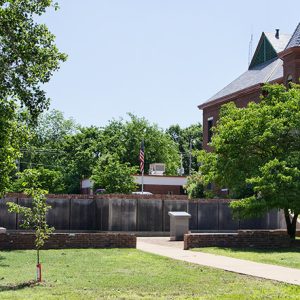 Augusta Veterans' Memorial
Augusta Veterans' Memorial
Augusta, Skirmish at
B-17 Flying Fortress Explosion of 1943
 B-25 Bomber
B-25 Bomber
B-25 Bomber Crash of 1947
B-25 Bomber Crash of 1948
B-26 Bomber Crash of 1944
B-26A Bomber Crash of 1942
aka: Crash Site of AC 41-744
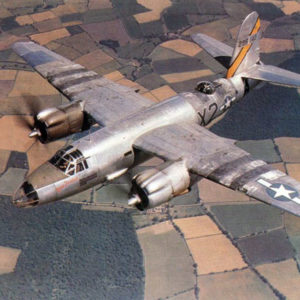 B-26C Marauder
B-26C Marauder
B-47 Bomber Crash of 1960
 B-47 on Ramp
B-47 on Ramp
 B-58 on Ramp
B-58 on Ramp
Bacon, Nick Daniel (Nicky)
 Nicky Bacon Plaque
Nicky Bacon Plaque
 William C. Bacon
William C. Bacon
Bacon, William Corinth
 Asher Bagley Grave
Asher Bagley Grave
Bailey’s, Affair at
aka: Affair at Crooked Creek
Baker, Cullen Montgomery
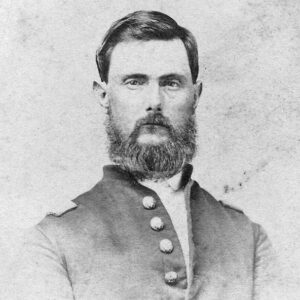 Achilles Ballard
Achilles Ballard
 Raymond H. Bass
Raymond H. Bass




